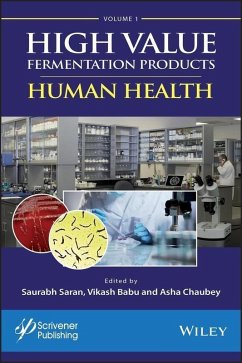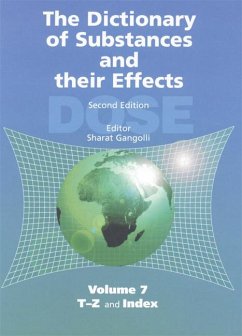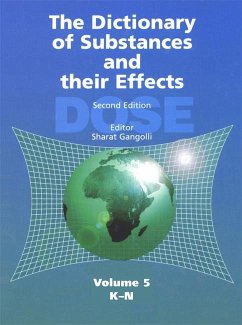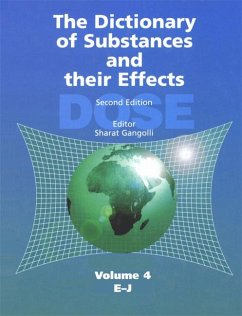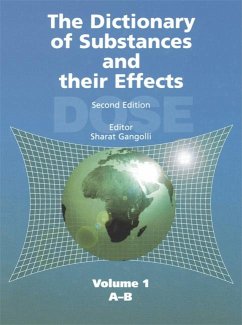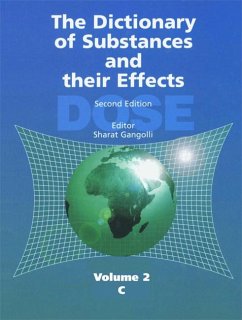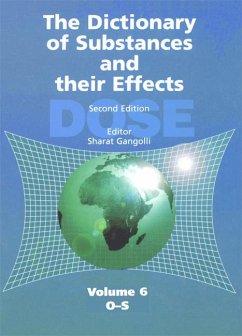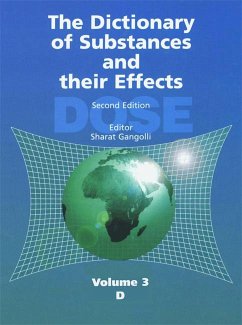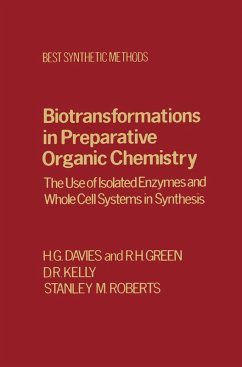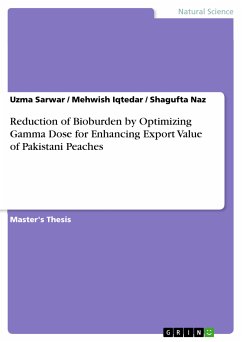
Reduction of Bioburden by Optimizing Gamma Dose for Enhancing Export Value of Pakistani Peaches (eBook, PDF)
Sofort per Download lieferbar
Statt: 39,99 €**
29,99 €
inkl. MwSt. und vom Verlag festgesetzt.
**Preis der gedruckten Ausgabe (Broschiertes Buch)
Weitere Ausgaben:

PAYBACK Punkte
0 °P sammeln!
Master's Thesis from the year 2014 in the subject Chemistry - Bio-chemistry, grade: A, , course: Biotechnology, language: English, abstract: Peach is the most commonly eaten stone fruit which grows in the temperate regions of the world. These are also among the most exported fruits in term of volume and value. Peaches, being perishable and susceptible to microbial spoilage, have a short shelflife. The goal of this study was to determine the effect of gamma irradiation on the microbiological and organoleptic properties of peaches and secondly, to determine the effects of irradiation on shelf-li...
Master's Thesis from the year 2014 in the subject Chemistry - Bio-chemistry, grade: A, , course: Biotechnology, language: English, abstract: Peach is the most commonly eaten stone fruit which grows in the temperate regions of the world. These are also among the most exported fruits in term of volume and value. Peaches, being perishable and susceptible to microbial spoilage, have a short shelflife. The goal of this study was to determine the effect of gamma irradiation on the microbiological and organoleptic properties of peaches and secondly, to determine the effects of irradiation on shelf-life of the fruit. The fruit (local variety, No.4), at proper maturity stage was collected and irradiated with 0.25, 0.5, and 0.75kGy dose, stored under refrigerated (4 o C) conditions for a period of three weeks. Total viable count, Gram negative Enterobacteriaceae count, Salmonella-Shigella count, yeast and mold count, loss in weight and decay percentage was evaluated after 7, 14 and 21 days of storage (4 o C). Data obtained from microbiological and sensory evaluations of irradiated peaches was compared with the observations obtained from unirradiated (control) samples. Microbial evaluation of the fruits revealed the presence of Salmonella sonnie on SS agar and non fermentor spp. on macConkey agar. Ten types of yeasts were isolated on potato dextrose agar and analyzed microscopically. Studies showed total bacterial, yeast and molds significantly decreased with increasing dose level. The sensory evaluation of the fruits revealed that irradiation preserves the texture and appearance of fruit. The gamma-irradiation dose of 0.75kGy proved to be effective in reducing weight loss and significantly (p=0.05) delaying the decaying of the fruit by 7 days under refrigerated (4 o C) conditions. Statistical studies were carried out using Duncan's multiple range test (DMRT) and means were separated by LSD at 5 %. It is hoped that this particular type of research will help in improving export quality of peaches.
Dieser Download kann aus rechtlichen Gründen nur mit Rechnungsadresse in A, B, BG, CY, CZ, D, DK, EW, E, FIN, F, GR, HR, H, IRL, I, LT, L, LR, M, NL, PL, P, R, S, SLO, SK ausgeliefert werden.




